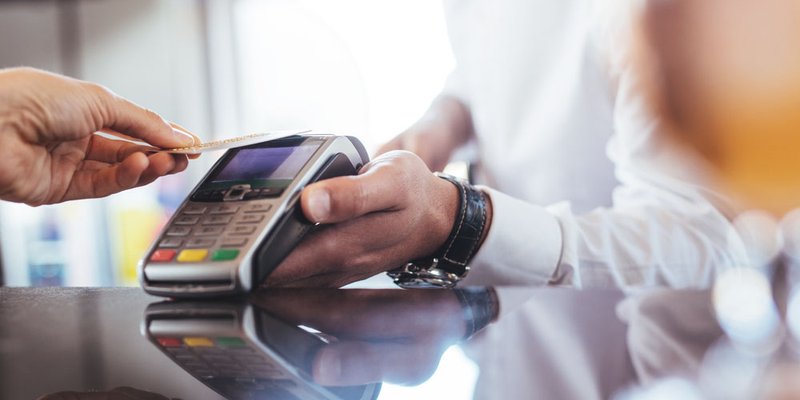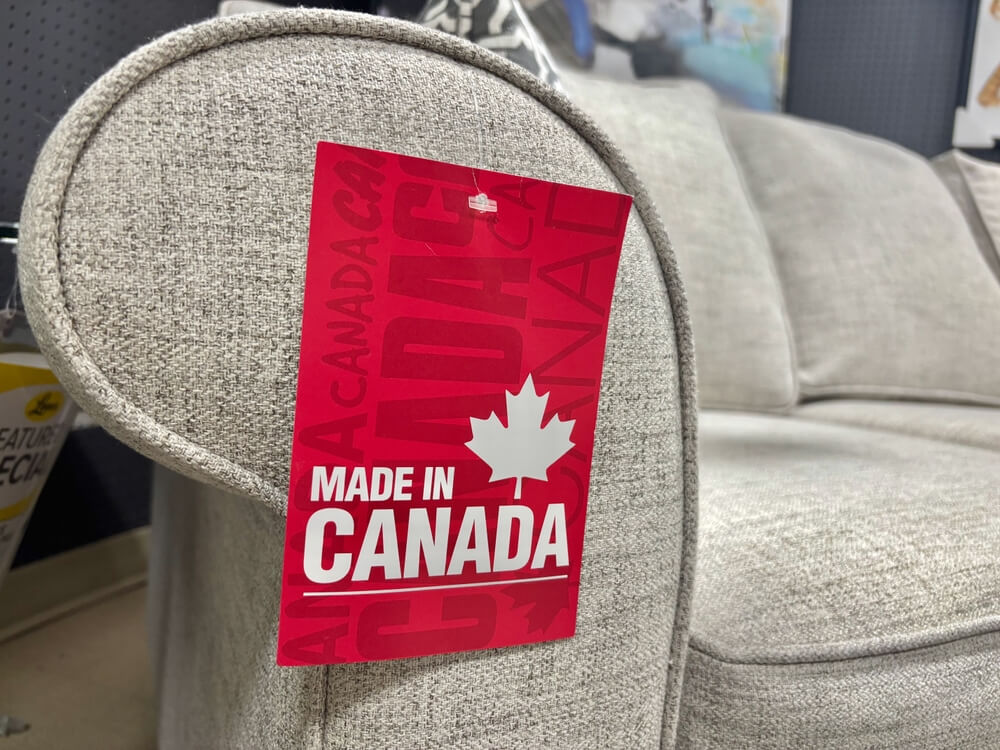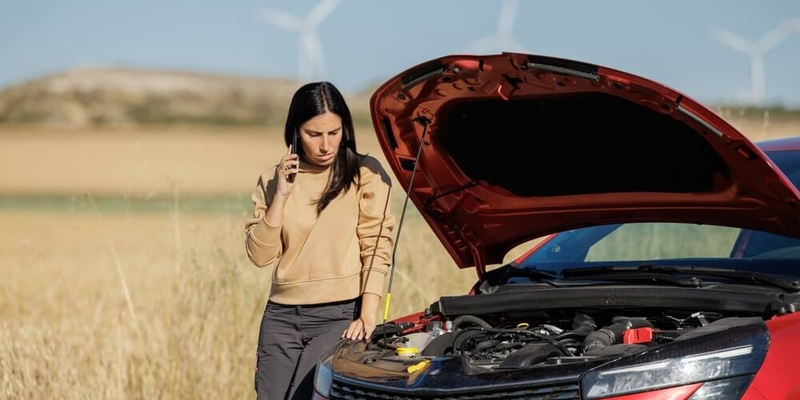
If you are not redirected within 30 seconds, please click here to continue.
Samedi: 10h – 16h HAE

If you are not redirected within 30 seconds, please click here to continue.
If you are not redirected within 30 seconds, please click here to continue.
Credit Card Tap Payments: What You Need to Know

Table of Contents
For 50 years, Canadians have been popping into their local Tim Hortons for a double-double, and maybe a sour cream glazed donut on the side. But in October 2013, the iconic brand leapt into the future by becoming one of the first retailers in the country to offer customers contactless payment terminals at their cash registers. While it first rolled out with debit cards, the technology is now available to purchase everything from groceries to booze on credit cards and even smartphones - and is available from a wide variety of retailers.
Let's take a look at where tap technology is currently available - and whether your current card is already outfitted.
Tap Tech and Your Credit Card
Currently, there are three different systems in Canada that allow you to pay with a tap of your card: Visa payWave, MasterCard PayPass, and Interac Flash. (American Express has its own system, called ExpressPay, which is available in Canada on select cards, depending on the issuing lender.)
Each of these systems uses cards with an embedded antenna and microchip that communicate wirelessly with a card reader to make the transaction. To work, you simply hold your card within an inch or so of the reader and wait for the beep to announce a successful transaction. (If you have just one of these types of cards, you can even just hold your wallet against the machine to use it. But with multiple cards you’ll want to pull it out so you charge your purchase to the correct account.)
It’s not just credit cards that are able to process contactless payments. Various banks have introduced mobile apps that allow you to make payments the same way. CIBC and Visa, for example, have teamed up on the bank’s Mobile Payment system, compatible with BlackBerry and Android phones. Similar to chip-embedded cards, these apps use secure radiowaves, known as “near-field communications,” (NFC) to process payments.
Safe and Secure
The radiofrequency technology used for these payments is extremely short range and highly secure. (Hotels and automated parking garages have been using a less-sophisticated version of the same technology to open doors and gates for years.) Each transaction involves a unique encryption code that expires once the purchase is completed, so even if someone where able to “electronically pickpocket” the info from the either, they wouldn’t be able to do anything with it.
Another built-in security feature is that these transactions are limited to small amounts. “Criminals are looking for large amounts of cash and highly fenceable goods, not a few coffees,” says Mark Sullivan, Head of Fraud Risk Programs at the Interac Association and Acxsys Corporation. Individual transactions are typically capped at $50 or $100. The cards also maintain a cumulative tally so, in the case of Interac Flash, once you’ve pass $200 in contactless purchases, you’ll be required to enter your pin.
All card issuers also provide a zero-liability policy for cardholders on all fraudulent charges. As long as you haven’t done something foolish like use 1, 2, 3, 4 as your PIN, or have it written on the back of your card, if your card is lost or stolen and used by crooks, you won’t be responsible for any charges.
Have you started to use tap technology to pay for your purchases? Tell us in a comment.
Get money-saving tips in your inbox.
Stay on top of personal finance tips from our money experts!










